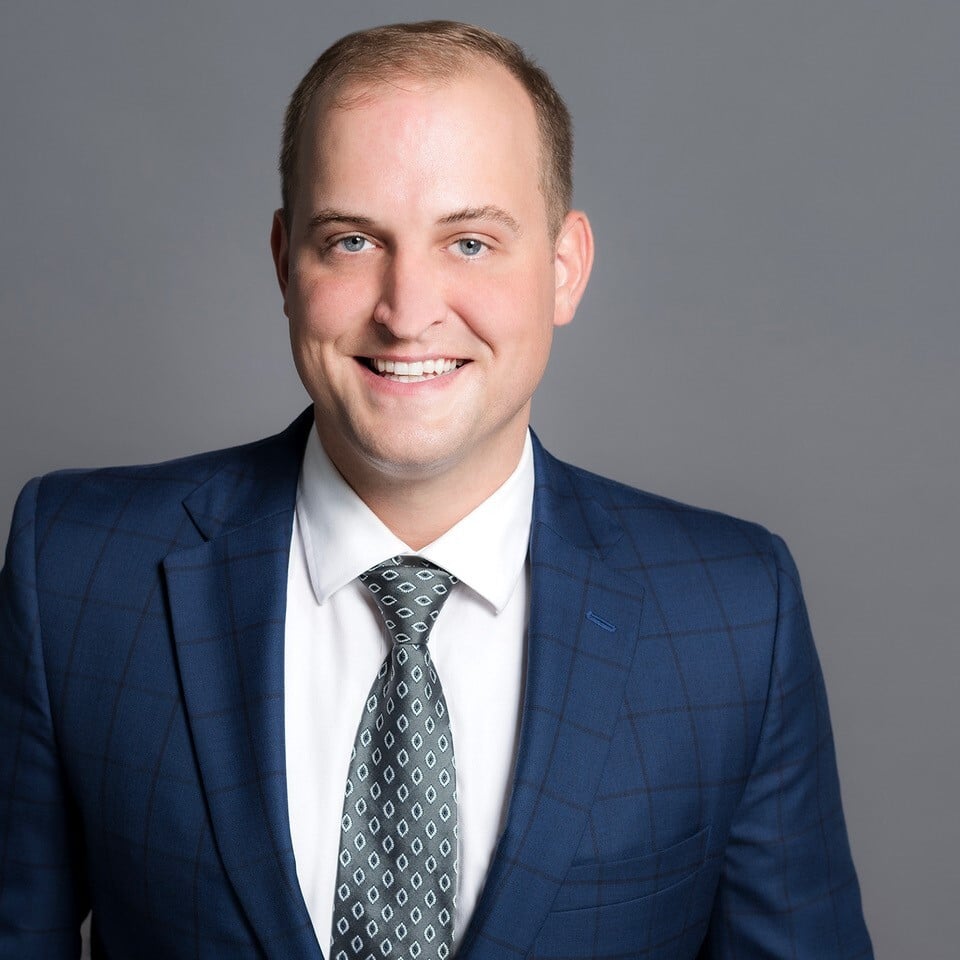When it comes to managing family foundations or working with a charity like the Community Foundation, there are many considerations.
Families with private foundations may face difficult choices when it comes to managing money, legal rules, and long-term goals. But there are other options that may make giving easier.
Richard Vaughan, a member of the Jones Foster Private Wealth, Wills, Trusts & Estates, and Corporate & Tax Practice groups, focuses on estate planning, trust and estate administration, business planning, and transactional corporate law.

He’s also a member of the Community Foundation’s Philanthropic Advisory Council and works with families on charitable planning.
He said one of the first questions to ask is what kind of legacy a family wants to leave. That answer can help decide whether continuing with a private foundation is the best path or if another option makes more sense.
Private foundations are often created and run by family members. Families administering private foundations are generally required to give away at least 5 percent of the private foundation assets each year.
But Vaughan said private foundations also come with complex rules. Families with private foundations are subject to an excise tax on net investment income, and they must carefully comply with rules related to self-dealing, excess business holdings, and certain types of investments that are referred to as “jeopardizing investments.”
Over time, as a family’s circumstances change, managing the private foundation rules can become time consuming and expensive for families and their advisors. For those who want to convert to a structure that allows them to give without handling every detail, Vaughan said one choice is to work with a larger charity with the ability to provide “back office” support, such as the Community Foundation.
“That’s when we start to talk about supporting organizations,” he said.
Supporting organizations are a kind of public charity. They are tied to a larger nonprofit, such as the Community Foundation. The family still plays a role, like serving on the board, but the Community Foundation handles most of the work.
Giving to a supporting organization also allows donors to take a bigger income tax deduction. Individuals who contribute to private foundations are entitled to an income tax deduction up to 30 percent of their adjusted gross income, while contributions to public charities can be deductible up to 60 percent of the donor’s adjusted gross income. Vaughan noted that clients should work with their accountants regarding the details of their charitable deductions.
Another option is a donor-advised fund (commonly referred to as a “DAF”). DAFs let people give money to the Community Foundation, decide how it is used, and let the foundation take care of the details. Vaughan said families who want less hands-on involvement often choose this route.
Vaughan said some families in Palm Beach and Martin counties have made the change, moving from a private foundation to a supporting organization or DAF. Depending on a family’s circumstances and goals, converting to a supporting organization can take up to five years, while converting to a DAF takes much less time.
He added that possible changes to tax laws could affect how both supporting organizations and DAFs work in the future.
For now, Vaughan said families should focus on the current laws, the impact they want to have, and how much time and energy they want to spend on managing a foundation.
Many families know that they want to leave a legacy in Palm Beach and Martin counties.
They say: “We know that we want to support this community and see the Community Foundation and this supporting organization model as a way to ensure that that’s done,” Vaughan said. “And that the compliance or administrative requirements are in good hands.”





